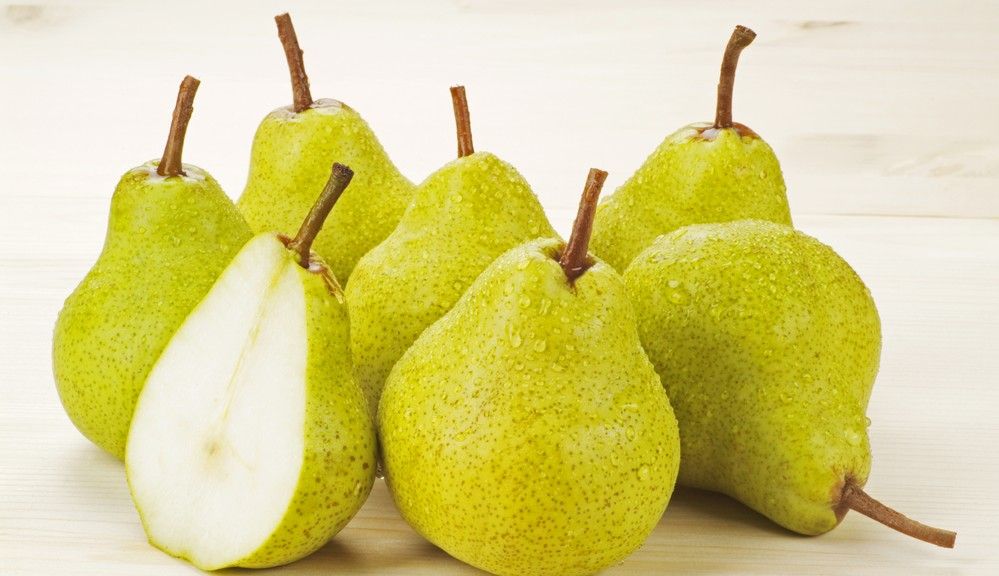
Previous
Sitting Is Bad News for the Liver

Next
Easy, Homemade Mixture Helps Your Liver
Pears Can Assist Your Liver
Discover the liver health benefits of eating pears, including the best ways to add the sweet fruit to your diet.
There are over 300 types of pears grown worldwide, but in the U.S., there are about eight or ten commonly available types. Most pears grown in the U.S. come from Oregon and Washington states. Pectin is the key compound found in pears that offers the liver assistance in digesting fats and cholesterol.
Benefits of Pectin
Pectin is a polysaccharide which contains pectin acids. Basically, it is a long chain molecule made up of sugars and acids, which is effective in binding cholesterol and blocking its absorption. It is also a starch, and acts as a thickening agent in cooking. Pectin has been shown in studies to significantly reduce LDL cholesterol as well as the bile acid metabolism and absorption of cholesterol in the liver. It has also been shown to bind to bile acids, reducing hepatic cholesterol concentrations. The skin of the fruit contains the highest concentrations of pectin, and so should be left on if possible.
Types of Pears
There are several types of pears commonly available in the U.S., each with its own unique flavors and characteristics. Here is a brief look:
- Anjous – are sweet and juicy. They are great for eating raw or cooking and come in red and green varieties.
- Barletts – are the sweetest and juiciest and are great for eating raw. They lose their shape when cooked but can be good if you plan to cook them down.
- Comices – are very good for eating raw and they have a stronger flavor.
- Seckles – are small and firm, but are best for baking, canning and poaching.
- Concorde – are juicy and do not brown when cut, so these are great for slicing into salads.
- Bosc – are crisp and cook well.
- French Butter – best for cooking with.
- Asian – are crunchy, crisp and are great raw or cooked. They tend to be large and rounder, with more of an apple shape.
Best Ways to Consume Pears
Pears are great eaten as is, like an apple, or they can be sliced up into salads. They can be made into jams and jellies or baked into a pie; poached, canned or baked; and added to cake or stir-fried Asian foods. Better yet, pears can be added to smoothies and shakes.
Fernandez, M.L.; Un, E.C.K.; Trejo, A.; McNamara, D.J. (1990). Pectin isolated from Prickly Pear (Opuntia sp.) modifies low density lipoprotein metabolism in cholesterol-fed Guinea Pigs. The Journal of Nutrition. 120(11):1283-1290. Retrieved on 9/7/15 from http://jn.nutrition.org/content/120/11/1283.long.
Fernandez, M.L.; Lin, E.C.K.; Trejo, A.; McNamara, D.J. (1994). Prickly Pear (Opuntia sp.) pectin alters hepatic cholesterol metabolism without affecting cholesterol absorption in Guinea Pigs fed a hypercholesterolemic diet. The Journal of Nutrition. 124(6):817-824. Retrieved on 9/7/15 from http://jn.nutrition.org/content/124/6/817.long.
Watson, M. (2015). Pear varieties from Anjous to Seckles. About Food. Retrieved on 9/7/15 from http://localfoods.about.com/od/pears/ss/Pear-Varieties.htm.






